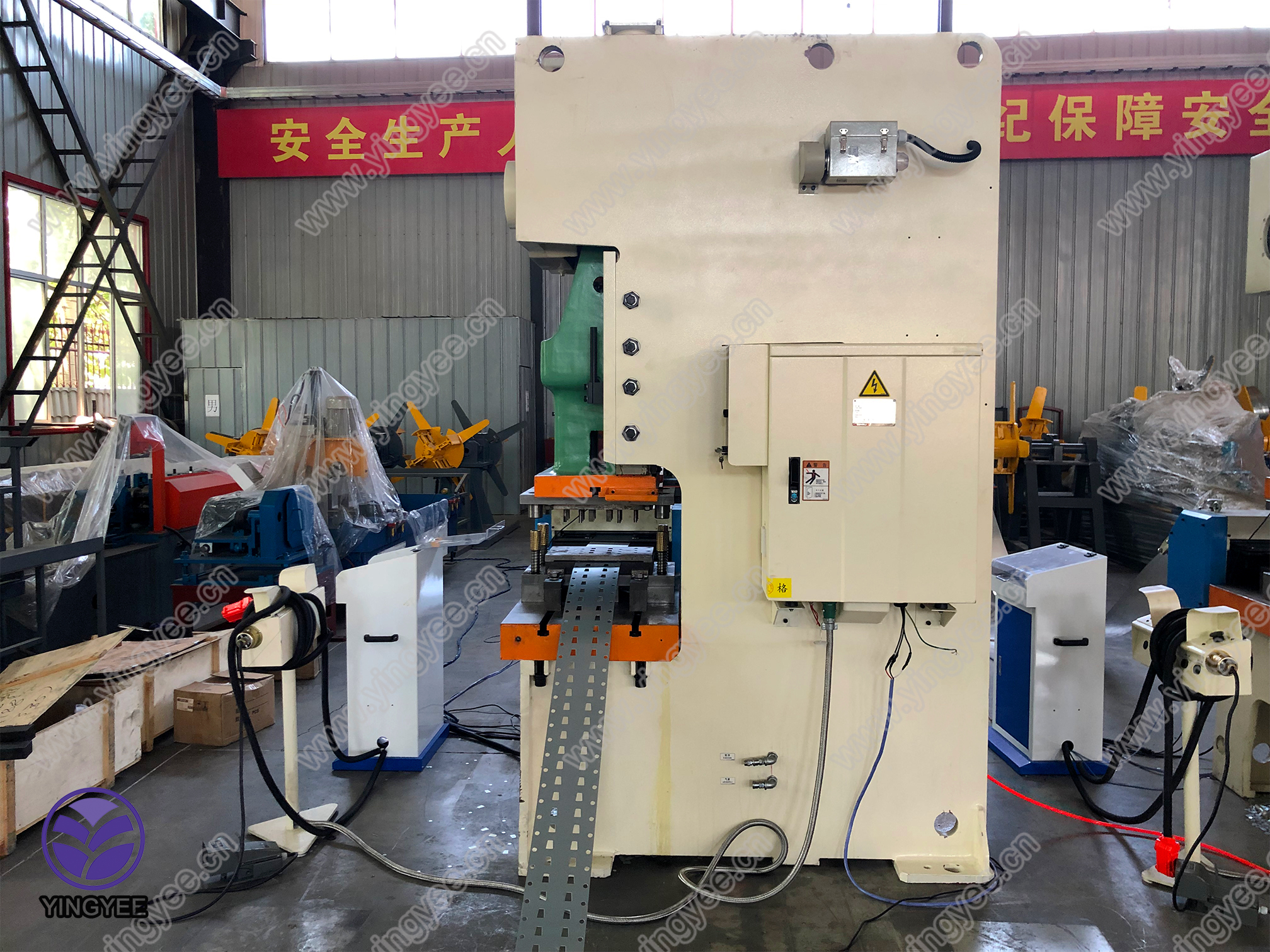
Understanding Purlin Roll Formers A Key Component in Steel Fabrication
In the realm of steel fabrication, the purlin roll former stands out as an essential piece of equipment. This specialized machinery is designed for the efficient production of purlins, which serve as horizontal supports for roofs and walls in various construction projects. As the demand for durable, lightweight, and cost-effective building materials continues to rise, understanding the function and benefits of purlin roll formers becomes increasingly important.
What is a Purlin?
Before delving into the specifics of the roll forming process, it is crucial to understand what purlins are. Purlins are structural members made from steel that provide support to the roofing system of a building. They are typically used in industrial and commercial constructions, where metal roofing is favored for its strength and longevity. Purlins come in various profiles and sizes, including C-section, Z-section, and U-section, each serving distinct structural purposes.
The Role of Purlin Roll Formers
Purlin roll formers are machines that shape flat steel sheets into purlin profiles through a continuous bending process. The equipment features a series of rollers that guide the steel strip through different stations, each performing a specific bending or forming operation. The result is a precisely shaped purlin that can be tailored to meet specific load-bearing requirements.
The roll forming process has several advantages over traditional fabrication methods
1. Efficiency Purlin roll formers operate continuously, producing long lengths of purlins that can be cut to size as needed. This streamlines the production process, significantly reducing time and labor costs.
2. Consistency and Precision The automated nature of roll forming ensures that each purlin is produced with high precision. The machine settings can be adjusted to create various profiles without the need for extensive retooling, leading to consistent quality across batches.
3. Material Utilization The roll forming process is efficient in terms of material usage. It minimizes waste by using continuous steel strips, allowing manufacturers to produce purlins with less scrap material than traditional cutting methods.
4. Customization With the right tooling, purlin roll formers can be easily adjusted to produce custom profiles tailored to specific engineering requirements. This adaptability is particularly valuable in projects where unique architectural features are desired.
Components of a Purlin Roll Former

A typical purlin roll former consists of several key components
- Uncoiler This part feeds the flat steel strip into the machine. It can hold large coils of steel to ensure a continuous feeding process.
- Roll Forming Stations These stations contain precisely engineered rollers that shape the steel strip through various bending processes, creating the desired purlin profile.
- Cut-off System Once the purlin reaches the required length, the cut-off system trims it to size. This mechanism can be either mechanical or hydraulic, depending on the machine design.
- Control System Modern purlin roll formers are equipped with advanced control systems that allow operators to input specifications and monitor the production process in real-time.
Applications of Purlin Roll Formers
Purlin roll formers find applications in a variety of industries, particularly in construction and manufacturing. Some common applications include
- Commercial Buildings Purlins are widely used in the construction of warehouses, factories, and retail spaces, providing support for roofing systems.
- Agricultural Structures Farm buildings often utilize purlins for their roofs, benefiting from the strength and weather resistance of metal materials.
- Residential Projects As more homeowners opt for metal roofing, purlins are becoming increasingly common in residential constructions.
Conclusion
The purlin roll former is an invaluable tool in modern steel fabrication, offering a range of benefits from efficiency and precision to material savings and customization. As the construction industry continues to evolve, the demand for high-quality purlins produced by advanced roll forming technology will likely grow. Understanding the capabilities and advantages of purlin roll formers can aid manufacturers and builders in making informed decisions that contribute to the success of their projects, ensuring structures that are not only functional but also resilient and cost-effective.